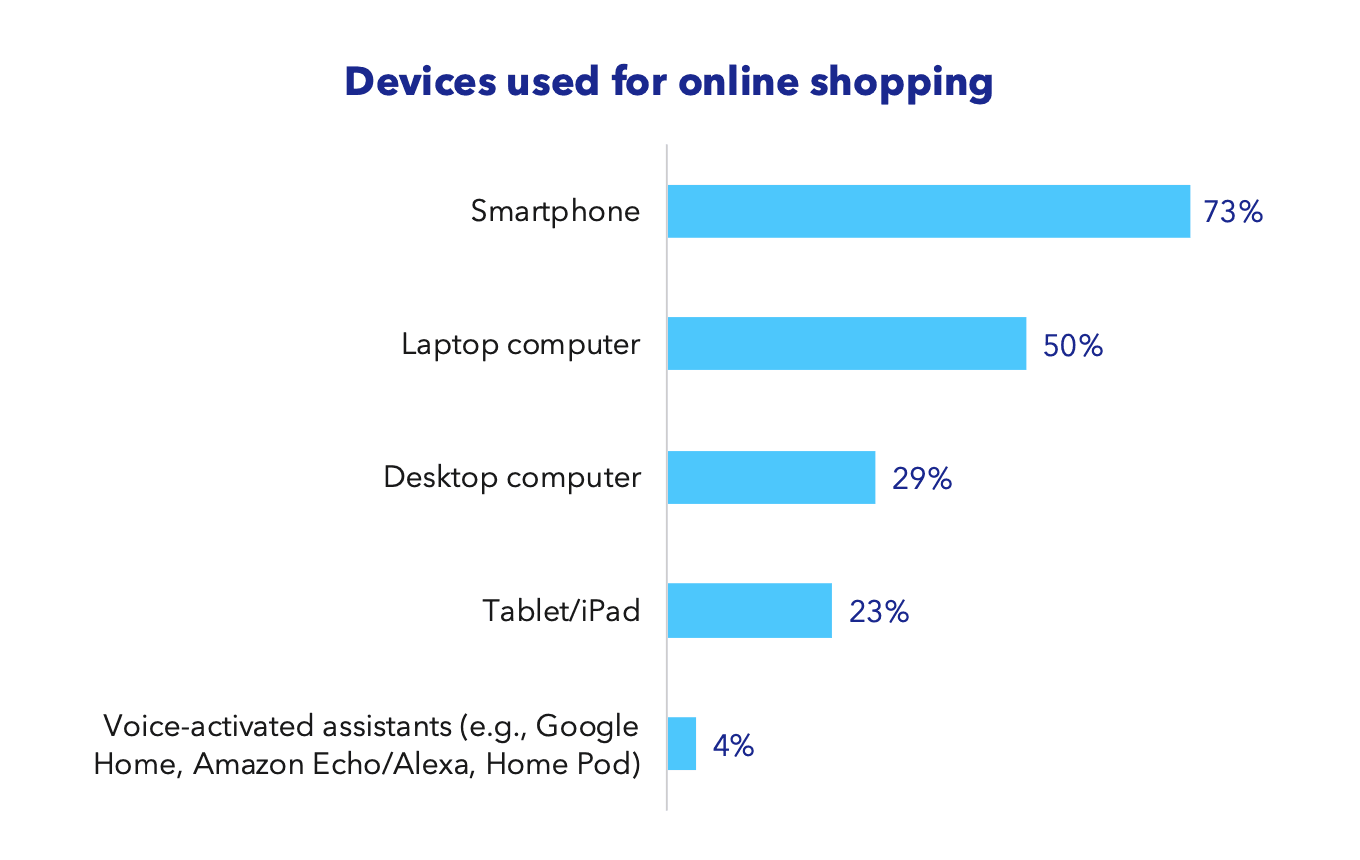


Checking phone notifications while you're watching TV? Maybe you forgot to respond to an email or want to search for the perfect dress for an upcoming wedding. Maybe you just want to decompress and scroll on social media for a bit while your favorite sitcom plays in the background.
Using multiple devices at the same time (or switching between them), which we call "double-screening," is becoming more common—92% of consumers across generations say they use another device while watching content—and this behavior change has a direct impact on how ads reach consumers and how they engage with them.
“At its core, double-screening is someone who is on multiple devices or screens at once. Whether that’s their TV and phone, TV and tablet, computer and phone, there are so many different ways people navigate all these different devices today,” says Shannon Fazendin, Epsilon's Director of Client Engagement.
So how can marketers adapt? Epsilon conducted a survey to better understand how consumers are engaging with TVs and additional devices, like phones, tablets or laptops, to help you make smarter advertising decisions.
To take a closer look at the survey results, let's break down how seeing an ad on TV impacts the likelihood of clicking "add to cart."
Epsilon's research found that while TV ads drive conversions across age groups, data-driven targeting is critical to reaching consumers at the right moment.
To move the needle on how many consumers make a purchase after seeing an ad, brands need to leverage complete foundational data to understand their audiences on a deeper level and ensure ads are resonating enough to drive action. Brands trying to reach Gen X and Boomers will have a significantly different strategy than brands trying to reach Gen Z and millennials (and vice versa).
Epsilon's research found that while Gen Z is certainly leading the charge when it comes to double-screening, the practice is ubiquitous across across generations. Switching between devices isn't just a trend—it's the new normal.
To capture fragmented attention, brands will need to identify consumer touch points across devices (via truly personalize their messaging, and activate it on the right channels at the right time.
When it comes to viewing an ad and taking action, consumers across generations are the most ready to buy when the product meets their needs.
It's not enough to just craft the right message—advertisers need to truly understand what their audience needs and is looking for so they can deliver timely, relevant messaging.
Enhancing first-party data with third-party data is key to understanding your audience on a deeper level.
"Using a blend of first-party data and third-party data will drive engagement and increase purchase rates if you're able to consistently message the right person at the right time," Fazendin says.
Today, most ad-influenced purchases happen online, but 73% of consumers shop on their phones as opposed to their laptops, desktop computers or tablets.
To maximize conversions and drive brand loyalty, marketers need to optimize messaging for smartphones while also making sure they work for other devices and ad experiences too.

Source: Epsilon, 2025, Your guide to cross-generational marketing in 2025
Additionally, even though Google halted their plans to get rid of third-party cookies, Apple devices and their Safari browser have been third-party-cookie-free for years, making those users notoriously difficult to reach via digital media. This means most advertisers are not effectively reaching iPhone users today, which is a significant amount of double-screeners.
So how do you overcome this issue? Make sure your programmatic partners can reach Apple device users. At Epsilon, we built our the harder way, so that we can reach users across platforms and devices—including Apple products and browsers–and across cookie-free environments.
To learn more about double-screening and how to adapt your marketing strategy, watch Epsilon's on-demand webinar, featuring experts from Epsilon and Samsung Ads.
Survey methodology and timing: This Epsilon survey ran from January 2 to January 7, 2025, and included 2,296 respondents across generations. To qualify respondents needed to be between 18 to 77 years old and indicate they watch shows, movies, sports or the news. The sample was weighted by age and gender to align with the census.